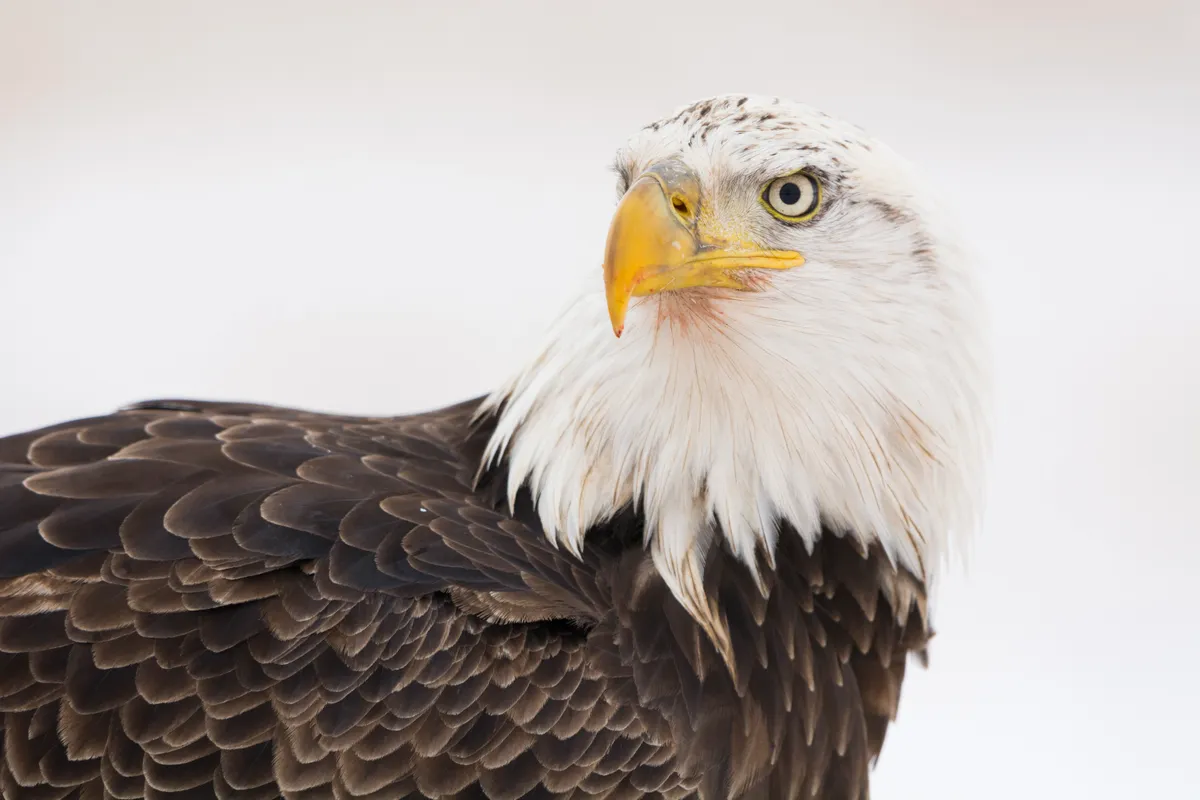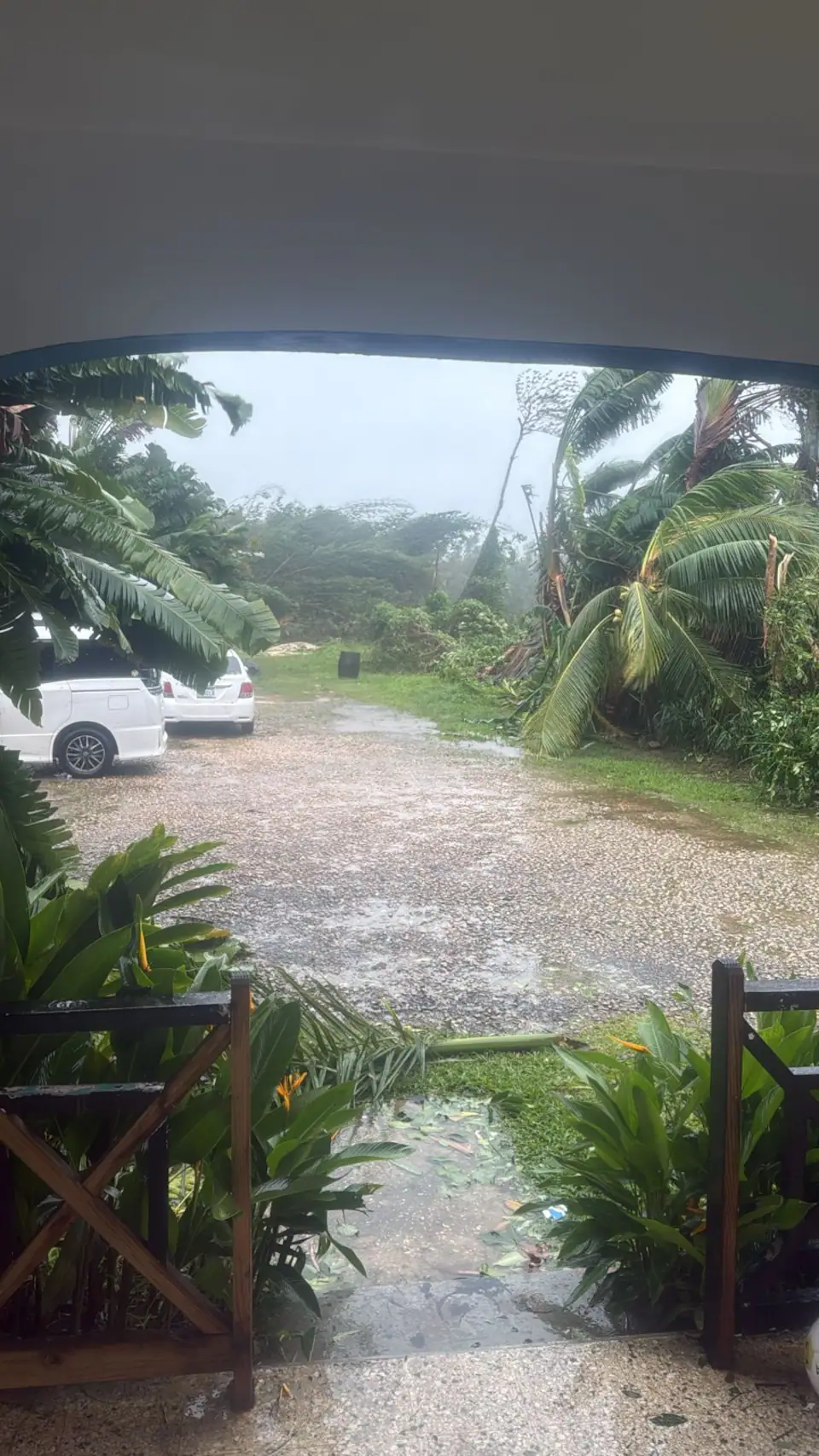Copyright Austin Daily Herald

By Emily Hagen Intern Teacher/Naturalist As fall and winter approach, we are seeing an increase in bird migration. Many of these birds are going to warmer areas like Arizona, Texas, Mississippi, etc. But did you know that Minnesota is another popular location for birds to spend the wintertime, especially for one common raptor? Although we may see bald eagles all year round in Minnesota, their population increases during wintertime. Many bald eagles breed in Canada from March to November, before the colder temperatures begin. Then their migration to Minnesota begins in early November, while best viewing of them is from December to March. During this time, they use the Mississippi River valley as a corridor to get to southeastern Minnesota. A popular viewing area is near the Red Wing and Wabasha area, where the Chippewa River remains open for the winter. These open waters attract other waterfowls and fish that the bald eagles can feast on. But you might also find Bald Eagles near the roads scavenging on animal carcasses or hunting in fields. Bald eagles tend to migrate in groups called a stream. The stream can be 20 to 30 miles long and spread about half a mile apart. While they are migrating, they can fly as many as 225 miles a day but average 98 miles per day. And they fly an average of 30 miles per hour during the day. Bald eagles depend on the wind to travel longer distances for migration. So, if there is no wind, they cannot soar and must stay put. Last March, the National Eagle Center announced their winter eagle count with a total of 3,974 spotted from January to March. The center did express some concern with a lower count than normal due to the warmer climate. Since we are having milder winters, the Mississippi River has not frozen over as much as in previous years. This has caused changes in the bald eagles’ behaviors to congregate in the historical hot spots for their watches. The change in weather means that bald eagles and other birds do not have to migrate as far as they usually do to get the food they need. As well as allowing them to return to their breeding grounds earlier if the weather and food availability permit.



